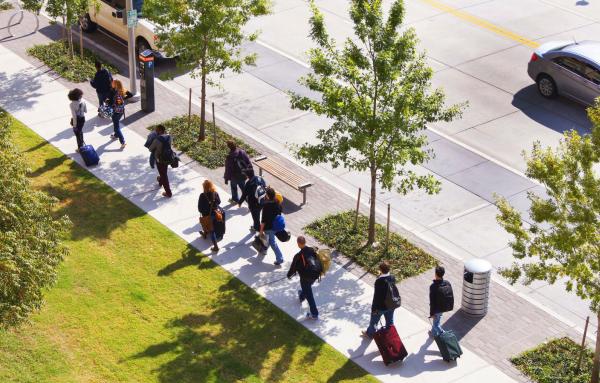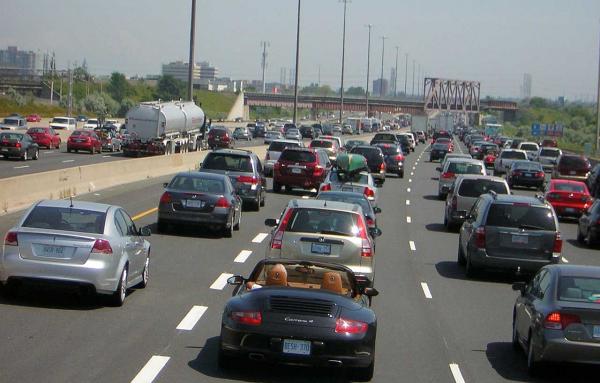Streets
Charles Marohn points the way to reviving cities and towns through reform of the profession that builds the framework for sprawl.
We have been investing in automobiles, at the expense of people, for too long. The story of Oklahoma City indicates that change is possible, because the dialog is shifting.
Project 180 transformed the fabric of Oklahoma City’s downtown. OJB Landscape Architecture and Speck & Associates won a Merit Award in the Neighborhood, District, and Corridor category of CNU's 2022 Charter Awards.
A community should determine what kind of community it wants to be, not unelected DOT engineers.
A town in Texas is on the leading edge of a trend to bring back the practical, efficient street networks for new development.
“Stroad” is a term coined by Strong Towns’ Chuck Marohn to describe the poorly designed commercial streets found in conventional suburban environments across America. These thoroughfares are part street, part road, hence the name stroad, and perform...
Recently the Rocky Mountain Institute (RMI) created a very simple tool that is long needed: A calculator of “induced demand” in transportation. This is the economic concept that applies when supply increases, price declines, and therefore demand for...
Some “Contemporary Vernacular” buildings try too hard to be noticed. Others are playful, elegant, and worthy contributors to the "Comic scene" in urban neighborhoods and city centers.
With CNU’s technical help, Evansville adopted a Complete Streets ordinance that includes tight deadlines and metrics so staff can make a difference.
The SoHo Broadway plan would greatly increase space for pedestrians and cyclists in the iconic Manhattan neighborhood, and be implemented over the next two decades.
Neighborhood electric vehicles offer a better local transportation option in light of climate threats, but the design of streets would need to change.
There is nothing so ubiquitous in the American landscape as suburban commercial strip corridors, typically built in the 20th Century with a variety of single-use buildings, large surface parking lots, buffers, and thoroughfares focused on driving.











